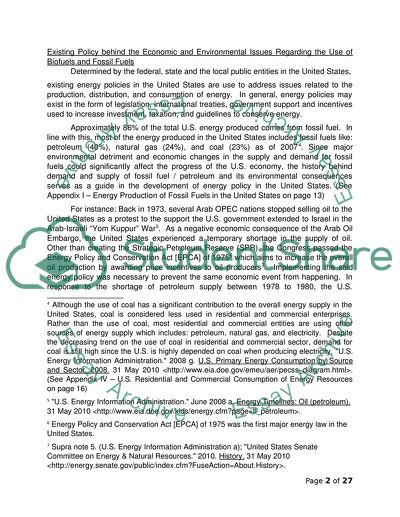Cite this document
(Economic and Environmental Comparison between Biofuel versus Fossil Term Paper, n.d.)
Economic and Environmental Comparison between Biofuel versus Fossil Term Paper. Retrieved from https://studentshare.org/macro-microeconomics/1738791-biofuel-versus-fossil-fuel
Economic and Environmental Comparison between Biofuel versus Fossil Term Paper. Retrieved from https://studentshare.org/macro-microeconomics/1738791-biofuel-versus-fossil-fuel
(Economic and Environmental Comparison Between Biofuel Versus Fossil Term Paper)
Economic and Environmental Comparison Between Biofuel Versus Fossil Term Paper. https://studentshare.org/macro-microeconomics/1738791-biofuel-versus-fossil-fuel.
Economic and Environmental Comparison Between Biofuel Versus Fossil Term Paper. https://studentshare.org/macro-microeconomics/1738791-biofuel-versus-fossil-fuel.
“Economic and Environmental Comparison Between Biofuel Versus Fossil Term Paper”, n.d. https://studentshare.org/macro-microeconomics/1738791-biofuel-versus-fossil-fuel.


